Obituary: Zsa Zsa Gabor
- Published
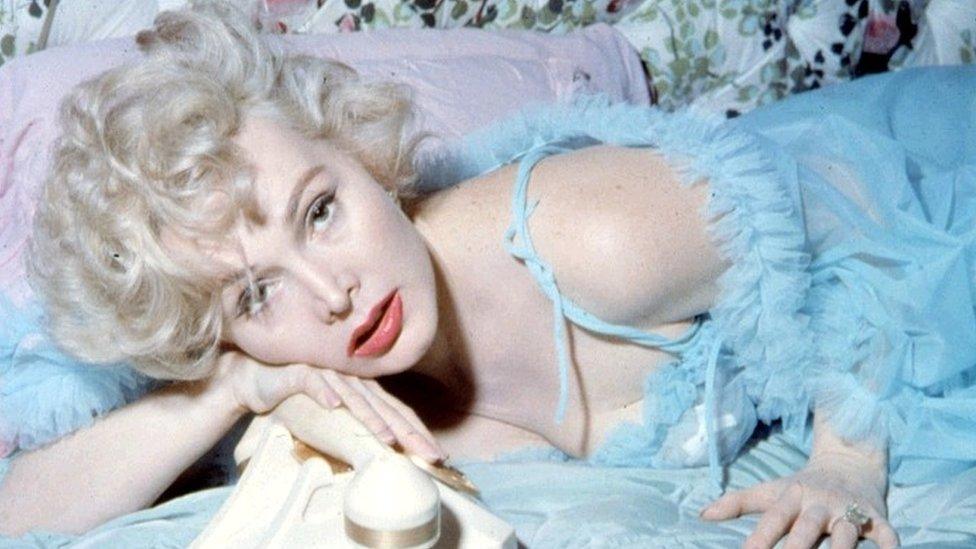
Zsa Zsa Gabor's greatest role was that of playing herself.
Although she appeared in more than 70 films, it was her many marriages and celebrity lifestyle that defined her.
As she shimmered her way through Hollywood society, she maintained the air of a Hungarian aristocrat.
She spoke seven languages yet, despite living in California for half a century, never lost her distinctive accent.
She was born Sari Gabor in Budapest on 6 February 1917 but was immediately nicknamed Zsa Zsa by her family.
The second daughter of a soldier and his wealthy jewellery heiress wife, she initially wanted to be a veterinary surgeon, but her forceful mother and her own beauty propelled her in different directions.
Her mother was Jewish, although the three daughters were practising Roman Catholics, a sensible decision in a country whose autocratic leader, Miklos Horthy, had enthusiastically allied himself with Adolf Hitler's Germany.
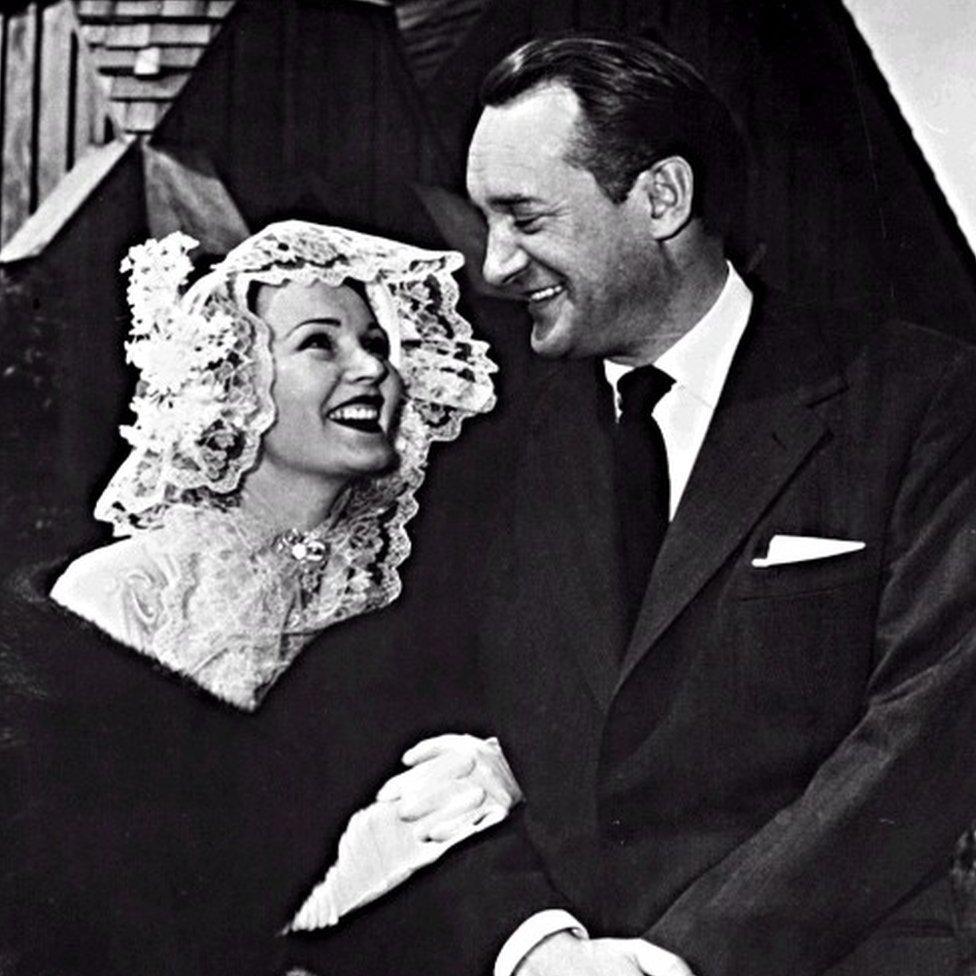
Her marriage to George Sanders was her third
On a trip to Vienna in 1934, Gabor was spotted by the noted Austrian singer Richard Tauber and given a part in an operetta, her first stage performance.
Her striking looks saw her being crowned Miss Hungary in 1936 but she was disqualified for lying about her age in order to enter.
In 1937 she married a Turkish intellectual, Burhan Asaf Belge, although the union, the first of her nine marriages, ended in 1941.
Her parents had divorced so she and her mother emigrated to the United States to join her sister, Eva. There her European good looks saw her picking up a number of theatre roles.
Her cinema debut came in 1952, in the MGM musical Lovely To Look At, although her supporting role gave her no English lines at all.
By this time she was already on her third marriage, to the actor George Sanders, having divorced husband number two, the hotel magnate Conrad Hilton.
Later that year that she got her big break, starring in John Huston's Moulin Rouge. The director later described her as a "creditable actress".
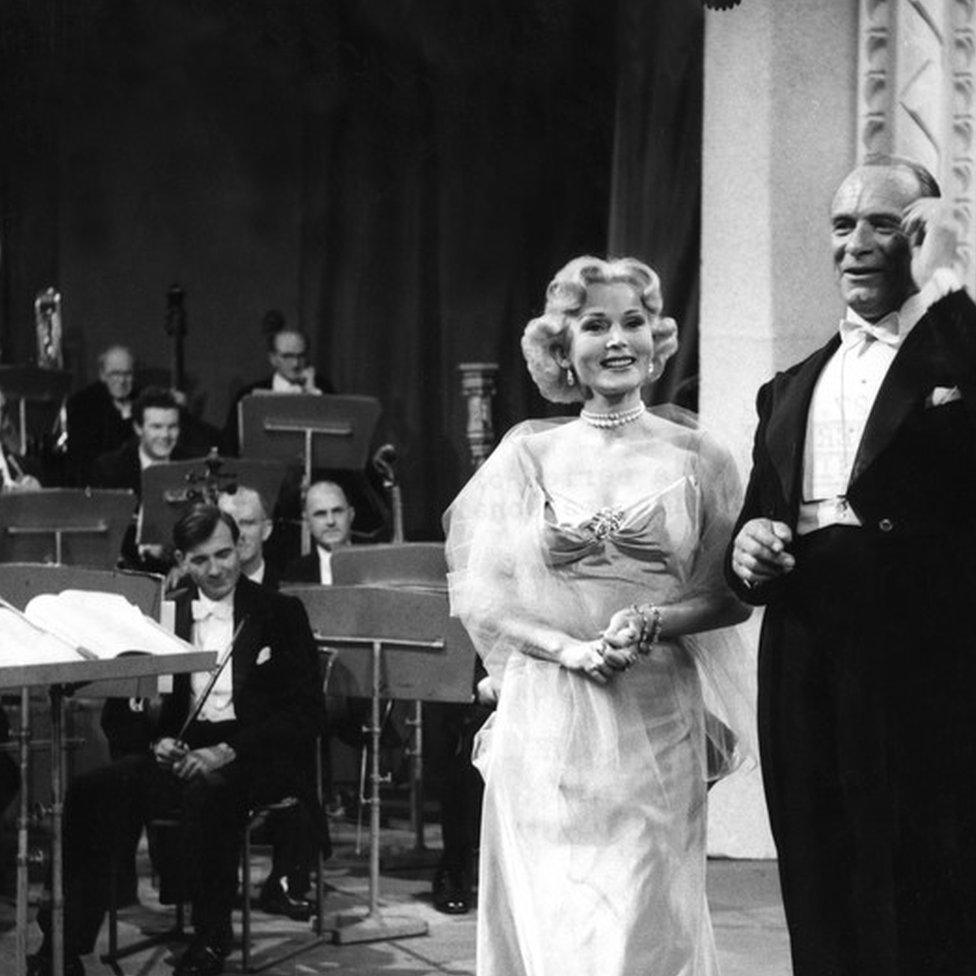
She brought a touch of glamour to BBC TV in 1952
She appeared in 14 more films during the 1950s, few of them memorable.
One that constantly came back to haunt her was Queen of Outer Space, in which she played a scantily clad inhabitant of the planet Venus.
She later described it as "an awful film that just kept turning up".
But her most enduring role was that of professional Hollywood celebrity, Gabor family member and wife of many men.
"You don't have to marry every man you sleep with," her mother once told her. But Gabor said it was because she "never stopped being a Catholic at heart".
She became known as something of a scandalmonger and maneater, who gorged her way through many relationships.
Having divorced George Sanders in 1954, she spent her time away from the film set by building up a reputation as one of Hollywood's best-known celebrities.
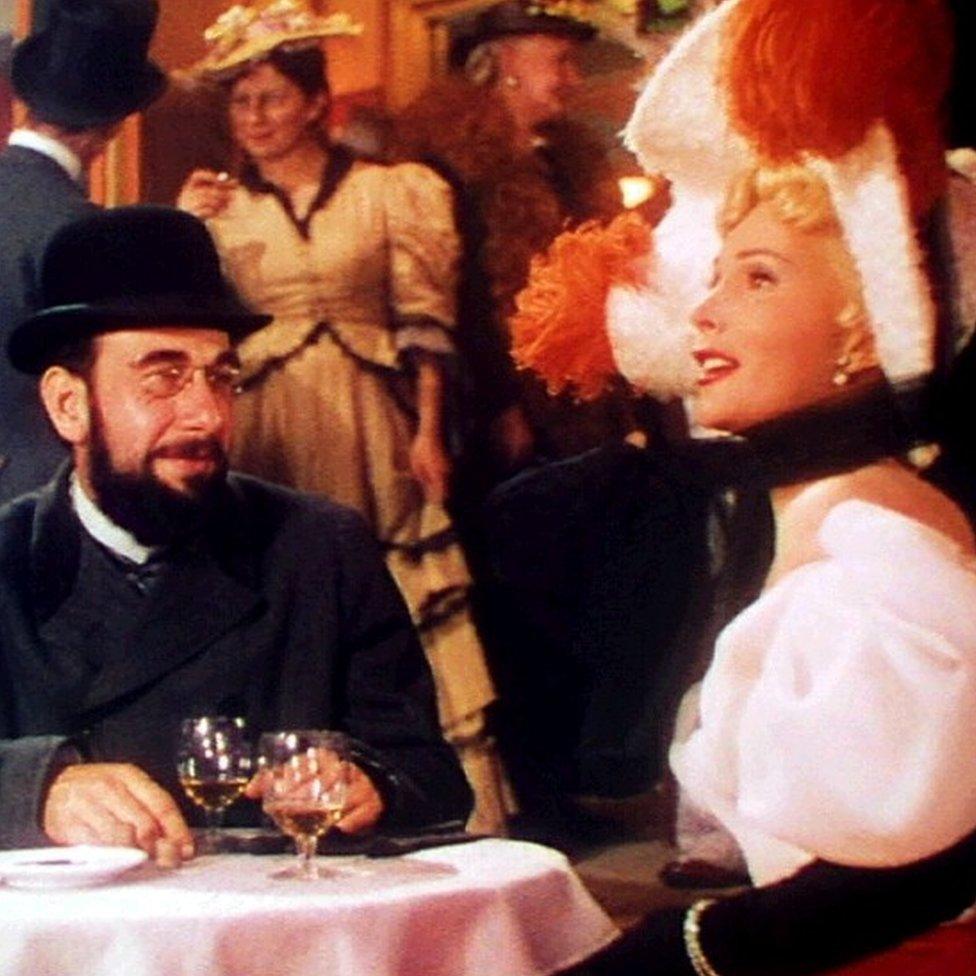
Moulin Rouge was her cinematic breakthrough
It was not until 1962 that she married again, this time to Herbert Hutner, an investment banker nine years her senior. The union lasted four years.
Her 1966 marriage to husband number five, Joshua S Cosden Jr, ended after seven months and it would be nine years before she took the plunge again with the designer of the Barbie doll, Jack Ryan.
When this relationship collapsed after 18 months, she immediately married Michael O'Hara. This time she managed to keep it going for seven years.
She was linked to a number of other men, including Sean Connery, Frank Sinatra and Richard Burton.
Her eighth marriage, to Mexican lawyer Felipe de Alba - which took place at sea - was later annulled because Gabor said the boat had not been far enough away from shore to make it legal.
This was fortunate, as she was still technically married to husband number seven at the time.
Her most stormy liaison was with South American playboy Porfirio Rubirosa. When he chose an heiress over Gabor, she appeared on stage in Las Vegas, proudly sporting a patch over the black eye she had apparently suffered at Rubirosa's hands.
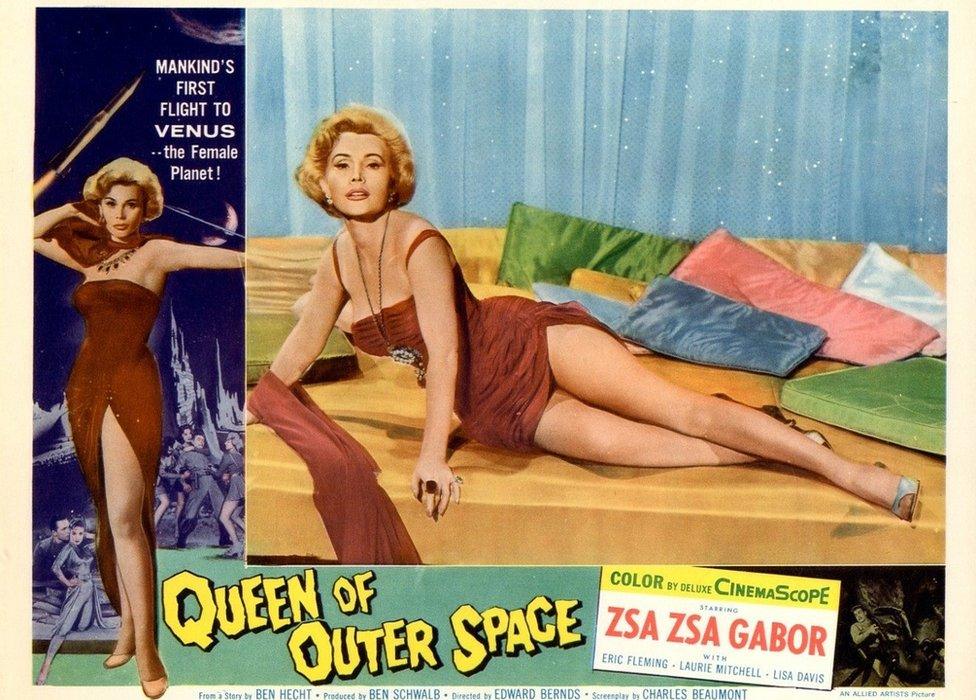
She described Queen of Outer Space as an awful film
She was an expert at self-parody and self-promotion, attributes she displayed to good effect when, in 1989, she had an argument with a Los Angeles policeman, which ended with Gabor being convicted of assault.
She was sentenced to three days' imprisonment, albeit in a very comfortable penthouse room.
The actress later poked fun at the incident, as references were very often made about it in films she appeared in, such as The Naked Gun 2 1/2: The Smell of Fear and The Beverly Hillbillies.
Towards the end of her life, courtrooms became a frequent haunt. In March 2005 she settled a $2m legal action against the driver of a car involved in a crash that left her in a wheelchair.
And three months after that, together with her last husband, Frederic von Anhalt, she sued her only daughter Francesca Hilton, amid claims she had defrauded her mother of $2m to buy a new house.
However, she was now in her eighties and her health was beginning to suffer.
She was admitted to hospital a number of times after developing a swelling in her legs and blood clots throughout her body, for which she underwent surgery. Eventually her right leg had to be amputated.
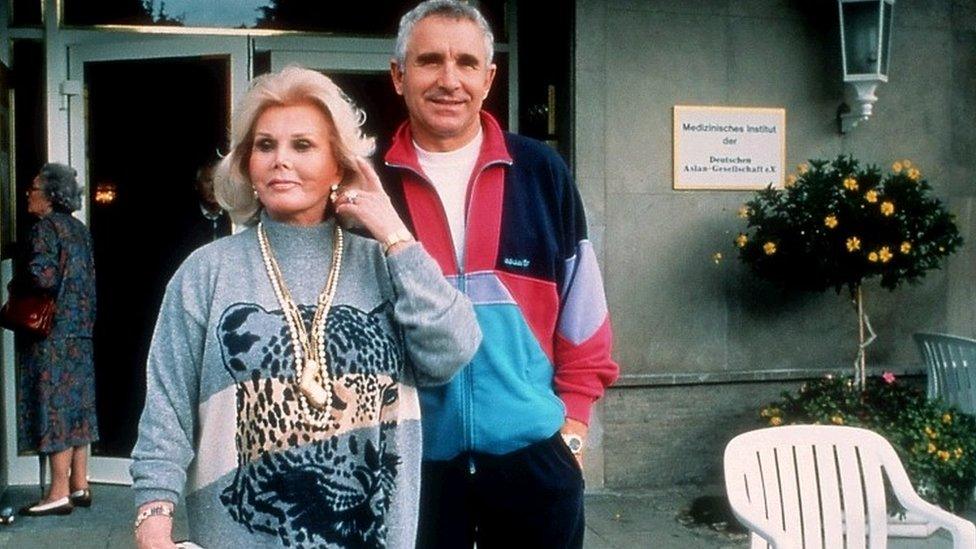
Her ninth and last marriage was her most enduring
Despite her reputation for a vulgar love of jewels and men, almost all Gabor's former spouses remained devoted to her.
In his memoirs, George Sanders said his former wife was misunderstood because she was "guileless" and described her character as "pure".
He added: "She doesn't disguise her love of amorous entanglements or jewels or whatever else catches her fancy."
Gabor herself once said: "American women are gold-diggers They're taught only how to get money out of a man.
"European women want a man they can love, cook for and be a good wife to."
But, in one of her many reflections on love, marriage and divorce, this well-qualified practitioner declared: "I never hated a man enough to give his diamonds back."
- Published19 December 2016

- Published19 December 2016
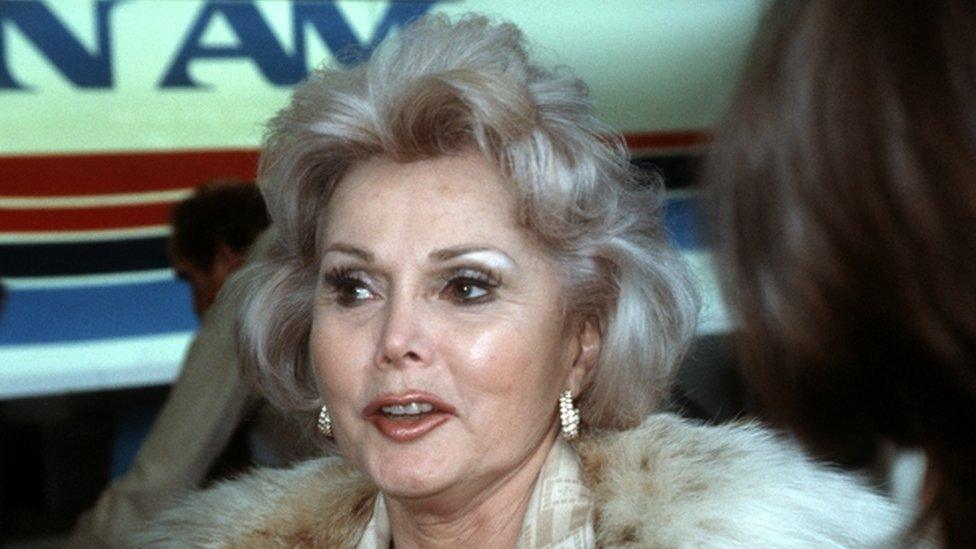
- Published19 December 2016
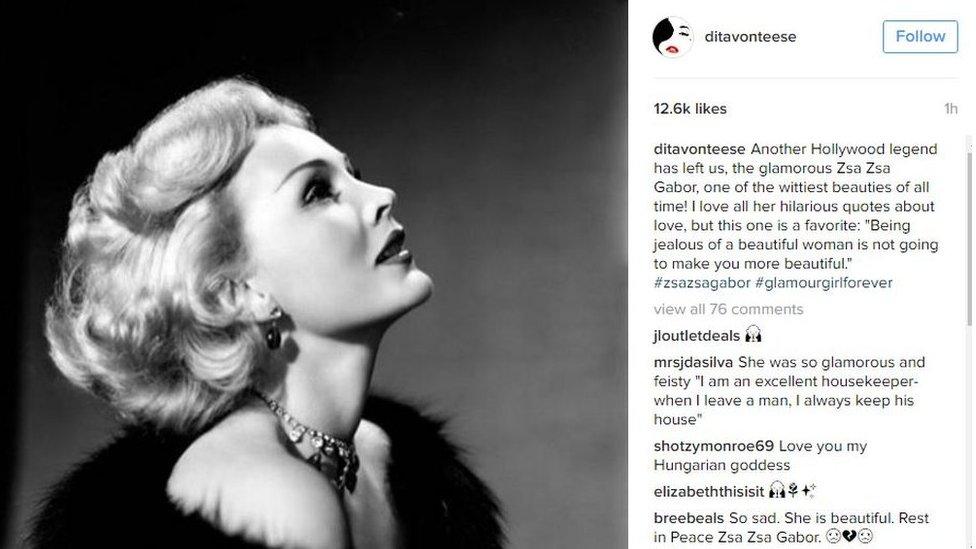
- Published19 December 2016
